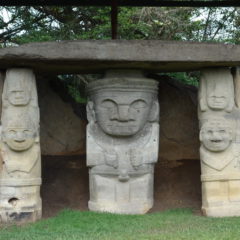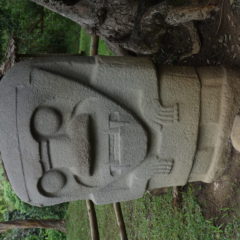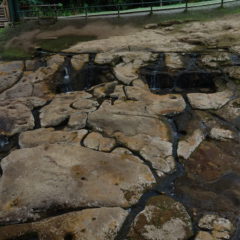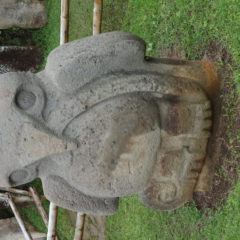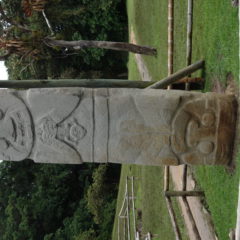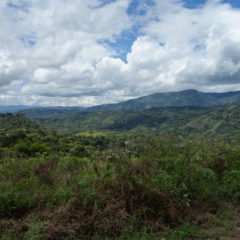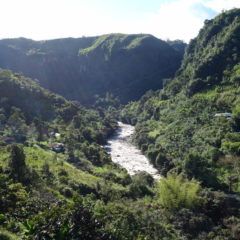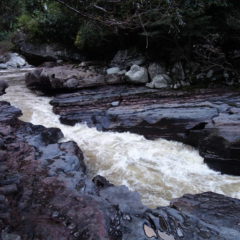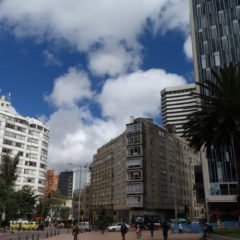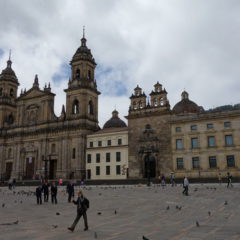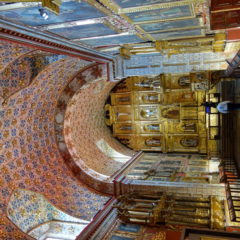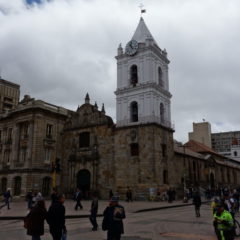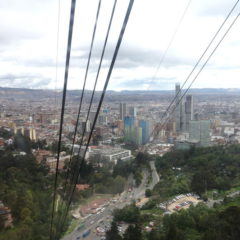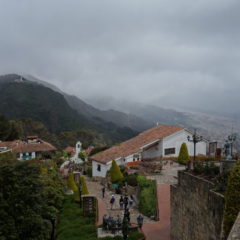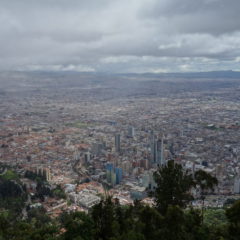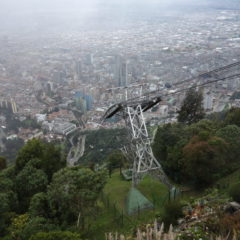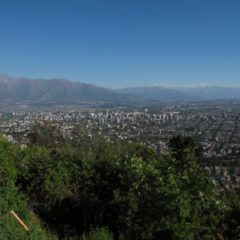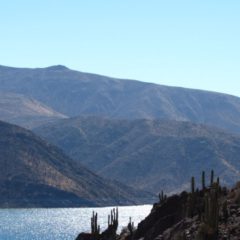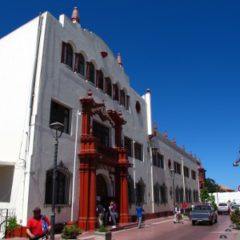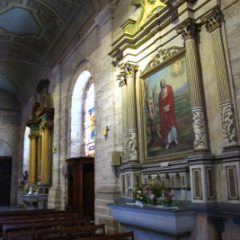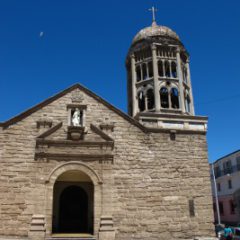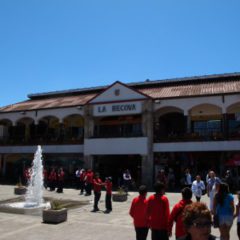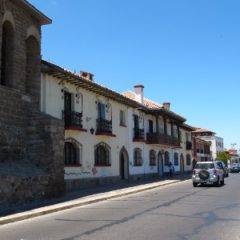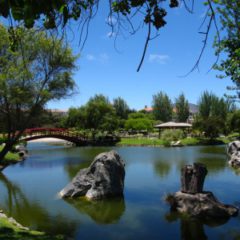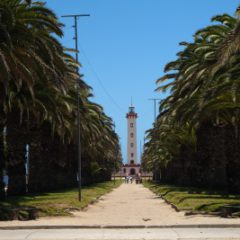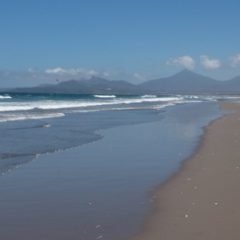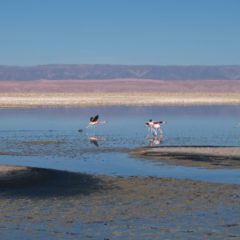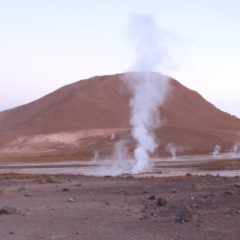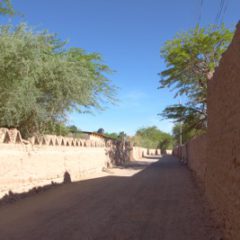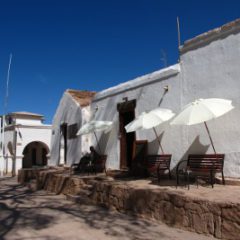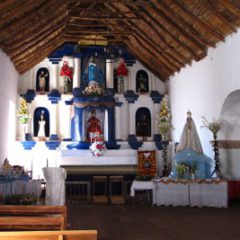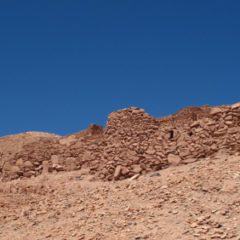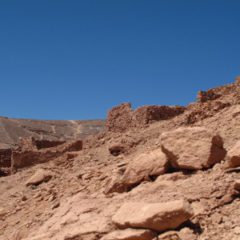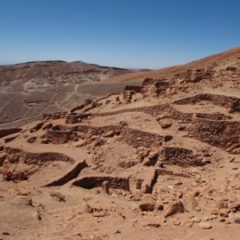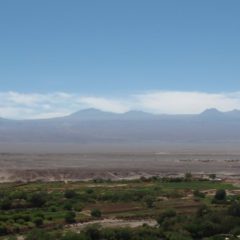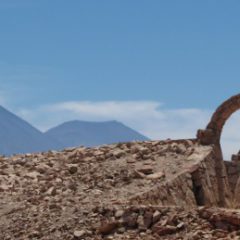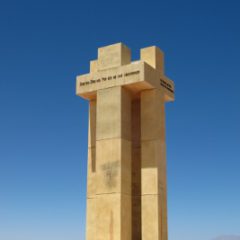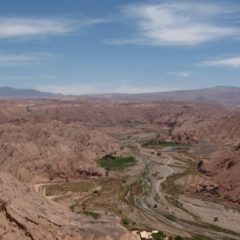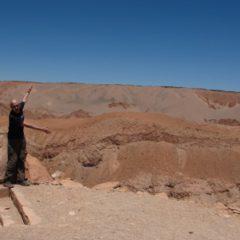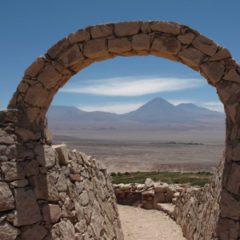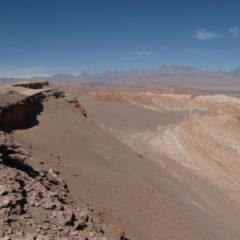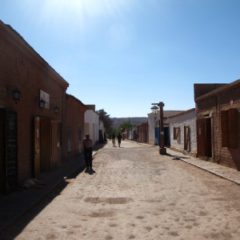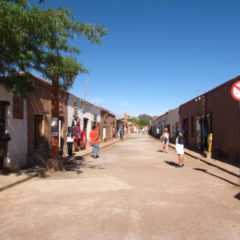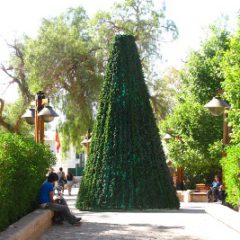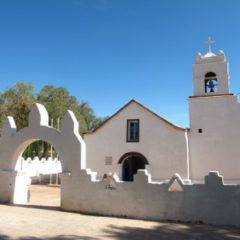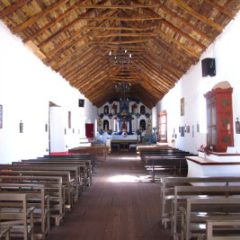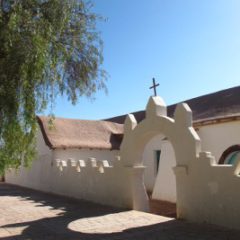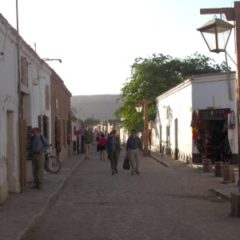We made it into San Agustín in the late afternoon of Jul 8th; it was an evening spent over mainly trout-based dishes and red wine, ultimately ending (not sure how we got there) in a discussion focused on udder recipes (cow udder eclairs anyone?) … might sound weird (and hell yes – it was), but is a clear sign of working group dynamics. 😉
We now had a full day around San Agustín; after (an udder-free) breakfast, we took taxis over to San Agustín Archaeological Park. The park is yet another UNESCO world heritage site and features a huge number of monolithic religious monuments, as well as many dolmen graves. Given the number of graves, I guess, one could technically count the place as a necropolis.
The San Agustín culture goes back to around 1000BC, it then thrived for the next two millennia with its decline kicking in around 1000AD (so well before any fun with the Spaniards). There are still many question marks around this culture; check out the wikipedia pages for a good starting point (Spanish, German, no English version unfortunately).
We had an extensive tour around the park taking in the main monuments, graves, the ceremonial spot around the river, made it up to a viewpoint and had the chance to sample the gastronomic offers of the park (yummy empanadas).
The afternoon saw us heading out to the small village of Obando to visit the small museum – to see some more graves and a compact exhibition (and summary) on the San Agustín culture. From here we continued to the Estrecho Del Magdalena (Magdalena Narrow), a spot at the Magdalena river, where the water gets pushed through a narrow channel between the rocks, resulting in high pressure and speed.
